Takeaways: 2022 State of the Nation’s Housing Report
Yesterday, the Harvard Joint Center for Housing Studies published the 2022 State of the Nation’s Housing Report. The annual report shares key insights to trends in housing affecting Americans.
In 2022, home prices rose drastically, first-time homebuyers faced hurdles, rapid home price appreciation further widened the wealth-gap between homeowners and renters, and affordability challenges remain pressing for many households. Affordable housing remains at the forefront of housing conversations nationwide. Our work preserving homes meets a growing need for safe, affordable housing.
We encourage you to read the report and explore the various interactive maps available. Greenville-Anderson is available as a metro to explore on the maps.
Here are key takeaways from the report, particularly relevant to our mission of repairing homes for low-income homeowners.
Existing housing stock needs updated.
- An aging population needs a housing stock that is safe to age in with key features like a no-step entry, bathroom grab bars, or lever style door handles.
- Current housing stock needs to be retrofitted to mitigate the risks of future damage from extreme weather-related events.
Spotlight on South Carolina
- Domestic migration affects South Carolina, along with other Sunbelt states. South Carolina had an inflow of more than 50,000 domestic migrants, 1 of only 7 states to experience an inflow at the highest capacity.
- Starting rent prices increased 10-19.99% from 2021 across most of the Upstate, particularly in Greenville County.
Home prices are up.
- Low supply and high demand sent home prices up sharply in 2021. As measured by the S&P CoreLogic Case-Shiller index, nominal home prices rose at an unprecedented 20.0 percent annual rate in August—more than three times faster than the 5.8 percent increase a year earlier and the fastest pace in records going back more than 30 years.
- Even after adjusting for inflation, the year-over-year rate of price appreciation was at an all-time high of 12.7 percent.
Existing homeowners grow equity.
- Federal Reserve data show that, in aggregate, owners’ equity in real estate soared by $4.3 trillion between the fourth quarter of 2020 and the fourth quarter of 2021, to $26.4 trillion.
- Black Knight’s Mortgage Monitor indicates that homeowners cashed out $275 billion in equity in 2021, the highest level since the peak of the previous housing boom in 2005.
The wealth gap remains.
- The massive windfall from rapid home price appreciation has no doubt widened the wealth gap between homeowners and renters. Even at last measure in 2019, the median wealth of homeowner households was $254,900—about 40 times the $6,270 median for renter households. And because of large gaps in homeownership rates, the recent equity gains have doubtless increased the overall disparities in wealth between white households and households of color.
The Black-White homeownership gap is still vast.
- Households of color accounted for half of the total growth in homeowners between early 2016 and early 2022, and even a larger share (55 percent) of the increases over the past two years. Even so, disparities in homeownership remain large.
- According to the 2019 State of the Nation’s Housing Housing Vacancy Survey, the share of Black households owning homes was at 45.3 percent in early 2022, up 0.6 percentage point from early 2020—twice the 0.3 percentage increase for white households. But with fully 74.0 percent of white households owning homes, the Black-white gap still stood at 28.7 percentage points.
The growing need for our program is clear.
- Home repairs protect equity for a low-income household.
- Aging in place modifications create accessible housing for an aging population.
- As interest rates increase and affordable housing stock remains low, ensuring a low-income homeowner can remain in their current home remains critical.
- There are limited affordable options for a low-income homeowner who loses their home and/or the equity in their home
Who is facing the greatest burdens looking forward?
Households of Color
- While the overall share of homeowners behind on their mortgage payments fell from 9 percent in early 2021 to 6 percent in early 2022, the shares for households of color and lower-income households were still disproportionately high (Figure 20). Just over 13 percent of Black homeowners reported being behind on mortgage payments at the start of the year, along with nearly 13 percent of Asian homeowners and 9 percent of Hispanic homeowners. The share of white homeowners was considerably lower at 5 percent.
First-Time Buyers and/or Low-Income Households
- Interest rates rose 1.92 points from April 2021 to April 2022. Combined with 20% increases in home prices, a low-income homeowner will be hard-pressed to find an affordable home. In April 2021, a household had to earn at least $79,600 a year to afford payments on the median priced home of $340,700. One year later, the income requirement stood at $107,600.
Our work is important. We will continue to preserve affordable housing stock while modifying homes for aging in place. Since its founding, Rebuild Upstate has repaired more than 1,250 homes for 1,500 low-income residents. We welcome conversations about how our home program fits into broader affordable housing needs. Email Rosey at [email protected] to set-up a meeting.
Sources:

